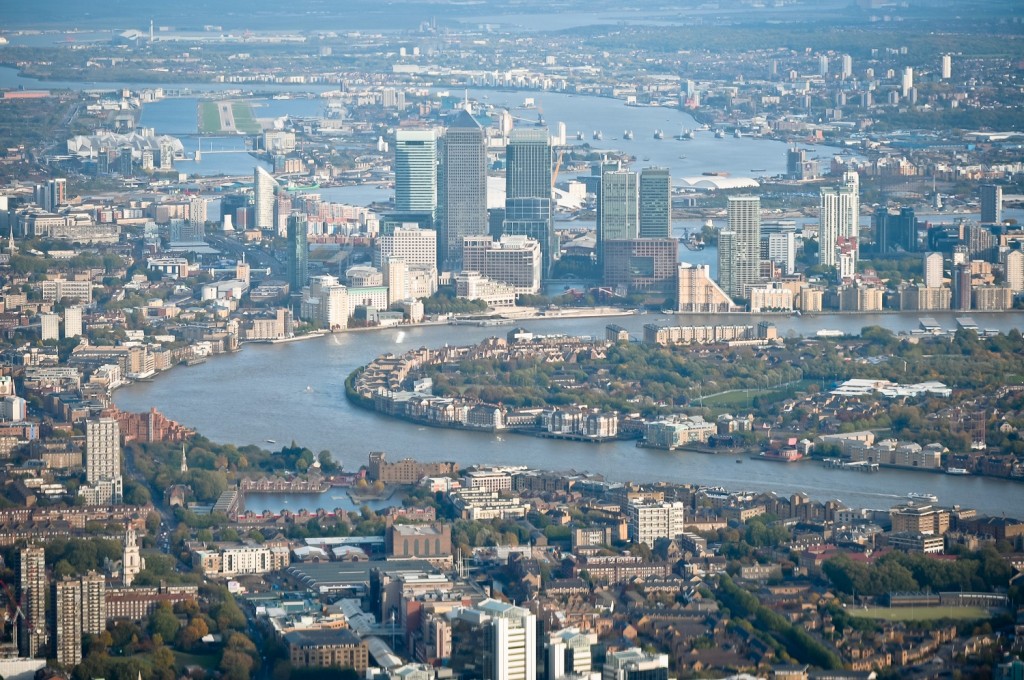Despite prime central London property prices hitting a new high last year, sales have fallen to an all-time low. Analysis of Land Registry data by London Central Portfolio has revealed that prime central London property sales fell 28% last year to 3,330 – the lowest number on record. This is equal to 64 sales a week and […]
 Despite prime central London property prices hitting a new high last year, sales have fallen to an all-time low.
Despite prime central London property prices hitting a new high last year, sales have fallen to an all-time low.
Analysis of Land Registry data by London Central Portfolio has revealed that prime central London property sales fell 28% last year to 3,330 – the lowest number on record.
This is equal to 64 sales a week and half the volume registered just two years ago.
However, LCP believes there is cause for optimism following a recovery towards the end of the year which saw sales increase 19% in the fourth quarter.
In contrast, average prices hit £1.8 million in the fourth quarter, the highest level on record and 2.5% higher than the previous peak in 2014.
Despite falls in annual price growth in the first three quarters of the year, a rally in Q4, which saw a 14% quarterly increase in prices, brought 2016 annual price growth to 3.75% at the end of the year.
Naomi Heaton, CEO of LCP, said: “Having taken a big knock following last April’s new additional rate in stamp duty and the shock of Brexit, evidence of a recovery in PCL in Q4 is positive news.
“As an international buying market, the weakness in sterling, combined with the Trump-effect and increasing instability in Europe, appears to have drawn investors back to PCL as a safe haven asset class. The uptick has been led, in particular, by Kensington and Chelsea which saw a 24% quarterly increase in prices.”
The picture for the UK’s domestic housing market appears to be even bleaker.
According to the statistics, transactions in England and Wales were down 17% in the fourth quarter over the same period in 2015, with average prices increasing just 2.1% over the previous year. This is far below the 6.6% long-term average since 1996.
In Greater London, the fall in transactions was even more marked, down 29% in the fourth quarter over the same period in 2015. Whilst annual price growth was more positive, up 5.7%, average prices took a hit across the year, finishing 3% lower than in January.
Heaton said: “Despite government initiatives to support buyers with reductions in basic rate stamp duty and their flagship Help to Buy scheme, it appears the domestic market is still struggling.
“Salary caps on mortgage lending, which do not reflect the ratio between house prices and earnings, are hampering buyers to get on the housing ladder and their ability to trade up. This has been exacerbated by the failure to meet affordable housing targets, a trend which shows little sign of reversing.”














